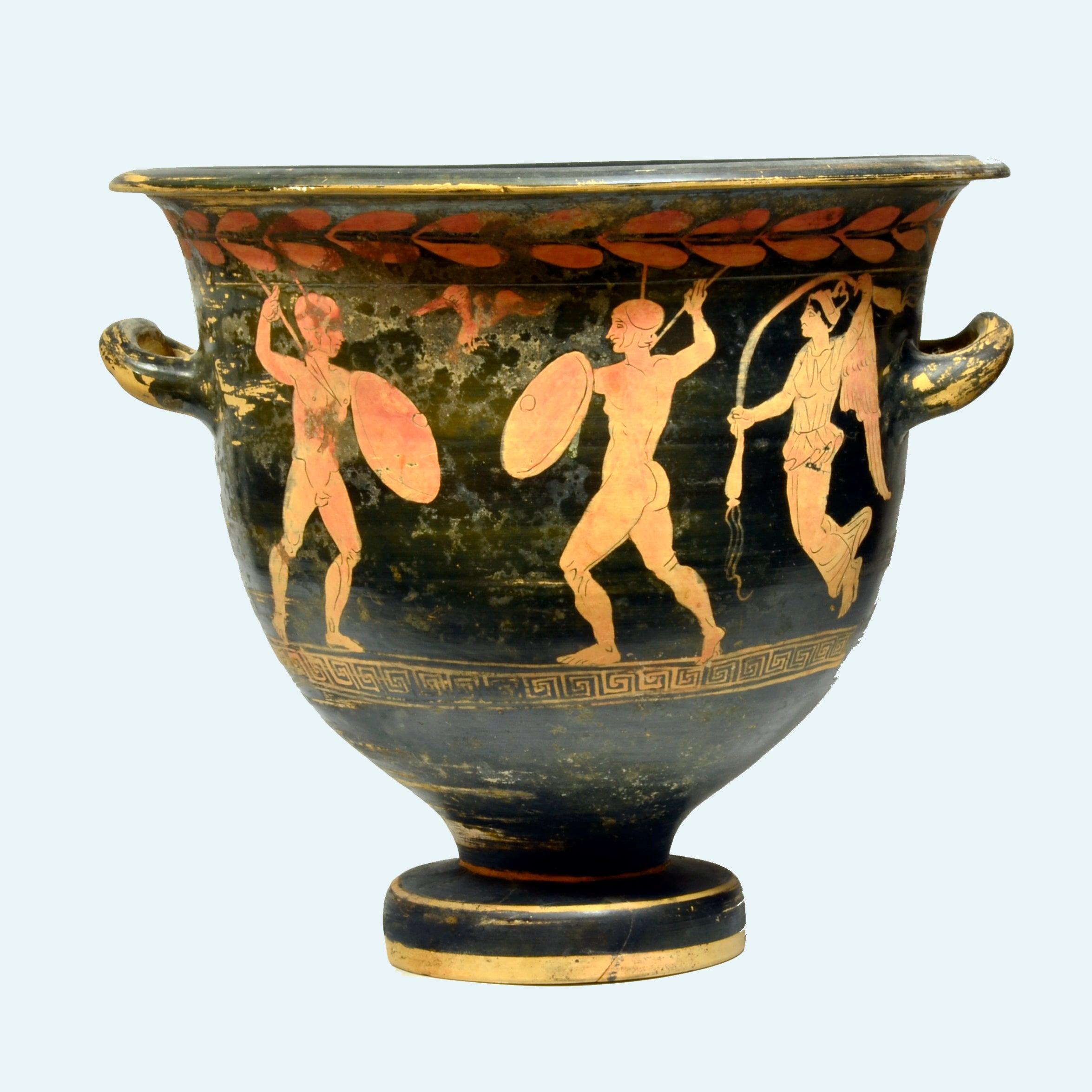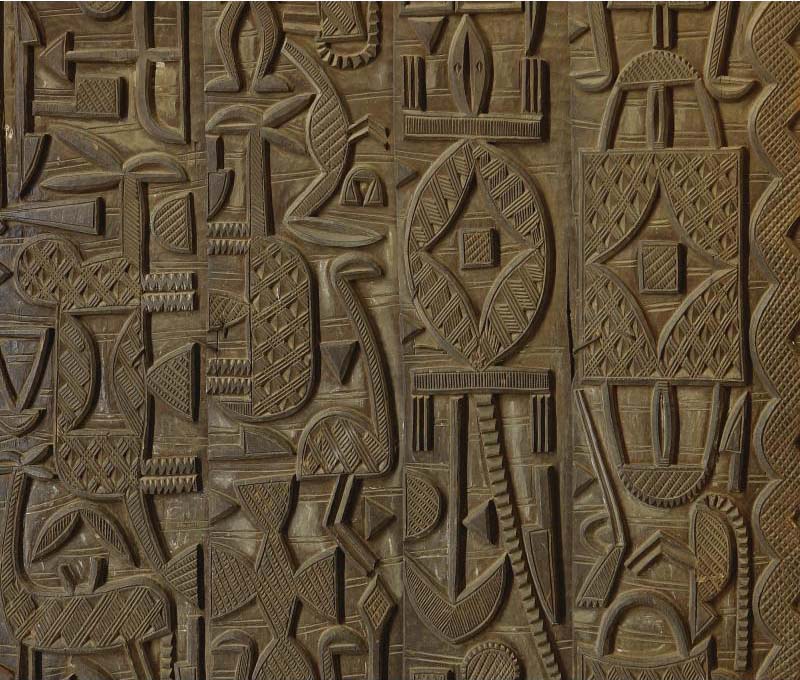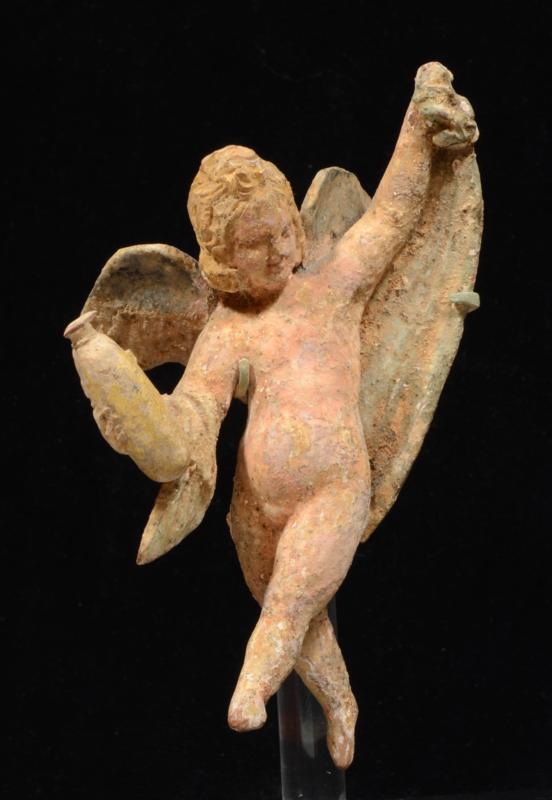Gulf Coast, Mexico, c. 600 - 900 AD
This finely worked Veracruz yoke is vigorously carved in the form a toad head, disposed horizontally in the traditional yoke shape. The creature's broad head with an elongated mouth and prominent eyes and carefully indicated parotid glands behind the eyes. The smooth, dense cream color stone is crisply cut, the contours of the features rendered with depth and bold assurance.
Stone yokes were not worn in actual play, but served as ceremonial and funerary counterparts to lighter versions in wood or leather used in the ballgame. Their placement in tombs underscored the deceased's connection to the cosmic drama of the game. Amphibians in Mesoamerican thought were liminal beings, mediators between water and land, life and death, making the toad a particularly potent emblem of fertility, transformation, and renewal.
The anatomical emphasis on the parotid glands strongly suggests the Bufo marinus toad (now Rhinella marina), a species native to the Veracruz region. These glands secrete bufotoxins, substances with known psychoactive properties. While scholarly debate continues, the careful rendering of this feature implies awareness of the toad's entheogenic potential and its possible role in shamanic or ballgame-related ritual practice.
Length: 17 ¾ inches + custom swivel wood base.
Nice original archaeological patina.
Private American Collection, Acq 1980s.











































































